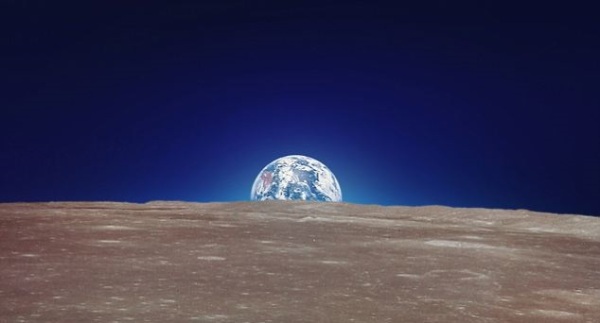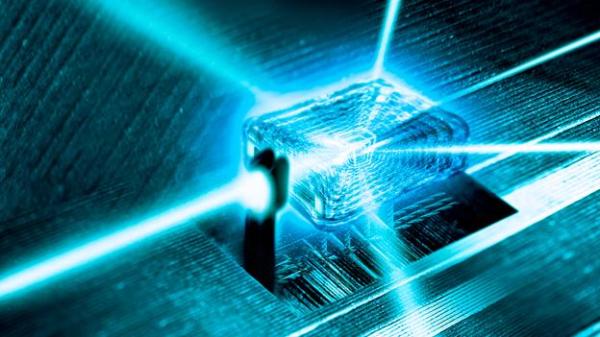Author
Margaret Morris
Margaret Morris devised the GEO-DMF System for robotically building automated solid rock outer space facilities, which she describes in her book 'Moon Base and Beyond' (Scribal Arts – 2013). It is featured along with reviews from highly-qualified experts at the following link:
https://payhip.com/b/5IrW
Margaret worked for decades as an assistant to Dr. Joseph Davidovits, the award-winning founder of the chemistry of geopolymerization in the 1970s and founder of Barry University's (Miami Shores, FL) former Institute For Applied Archaeological Sciences (IAPAS) in 1984. Dr. Davidovits re-created modern counterparts to ancient cements and mortars, such as those of ancient Egypt and Rome, that have survived harsh environmental conditions for thousands of years in ancient archaeological ruins. As numerous microscopic and chemical analyses show, some of the ancient cements can pass for natural rock when mixed with rock aggregates. In her positions at the IAPAS, Margaret began conducting research on pharaonic architecture and Egyptian antiquities in 1984 and later served as Assistant Director.
In 1990, geophysicist and micropalentologist Dr. Edward J. Zeller, then Head of the former NASA-funded Radiation Physics Laboratory, at the Space Technology Center of the University of Kansas, began working with Morris on the analysis of samples of Egypt's Great Pyramids. In 1995, he introduced her to his co-invention of diamond microcircuitry film (DMF) with physicist Dr. Gisela A.M. Dreschhoff, who served as the Head of Radiation Physics Laboratory after Dr. Edward J. Zeller unexpectedly and unfortunately passed in 1996.
Working with these experts gave Morris a unique background of experience with both geopolymerization and DMF.
Under the mentorship of physicist Dr. Gisela Dreschhoff, Morris devised the GEO- (geopolymerization) DMF System for building automated space architecture as a tribute to the late Dr. Edward J. Zeller. Using NASA's geological surveys, Morris also identified all of the ingredients necessary to create geopolymerized rock with materials on both the Moon and Mars. She innovated the concept of producing robotics with optical quantum computing brains with DMF, which is able to tolerate the harsh conditions of outer space. The GEO-DMF System can be used to robotically build automated, virtually permanent megalithic architecture (for factories, habitats, greenhouses, etc.) on the Moon, Mars and elsewhere in outer space. For more on the utility of the GEO-DMF System, see an article at Moon Daily:
http://www.moondaily.com/reports/Moon_Base_and_Beyond_999.html
Morris has published papers and debates with scientists in technical and science journals, including 'The Journal of Geological Education.' She has debated top geologists on issues related to geopolymerization, including Dr. Robert L. Folk, Department of Geology, the University of Texas, Austin, Texas, and Dr. James A. Harrell, then Head of the Geology Department at the University of Toledo, in Ohio. She has co-authored with the internationally recognized chemist and materials scientist Dr. Joseph Davidovits. Their book 'The Pyramids: An Enigma Solved' (Hippocrene, NY 1988) was awarded two-starred reviews (one for the adult reading category and one for the teen category), by the American Library Association (Booklist, November 15, 1988). A star indicates a work judged outstanding in its genre. Her book 'The Great Pyramid Secret' (Scribal Arts, 2010) contains special contributions from Dr. Edward J. Zeller, Dr. Michel Barsoum, a Distinguished Professor of Materials Science at Drexel University, Professor Linn Hobbs of MIT's Department of Materials Science and others.
Dr. Michel Barsoum read an early draft of 'The Great Pyramid Secret' (Scribal Arts, 2010) and was inspired to organize an international team of scientists to study its premise. Michel Barsoum et al. write in their first peer-reviewed paper on this research that the sophistication of the recovered pyramid technology is "…simply astounding….We are also very grateful to Ms. M. Morris, who has been invaluable and unstintingly generous with her time and knowledge, and without which this work would not have been possible." Dr. Michel Barsoum's first peer-reviewed paper on this research was published in the 'Journal of the American Ceramics Society,' Volume 89 Issue 12, Page 37-88 - December 2006. The authors of this paper on the pyramids are: M. W. Barsoum, A. Ganguly, and G. Hug.








Recent Comments